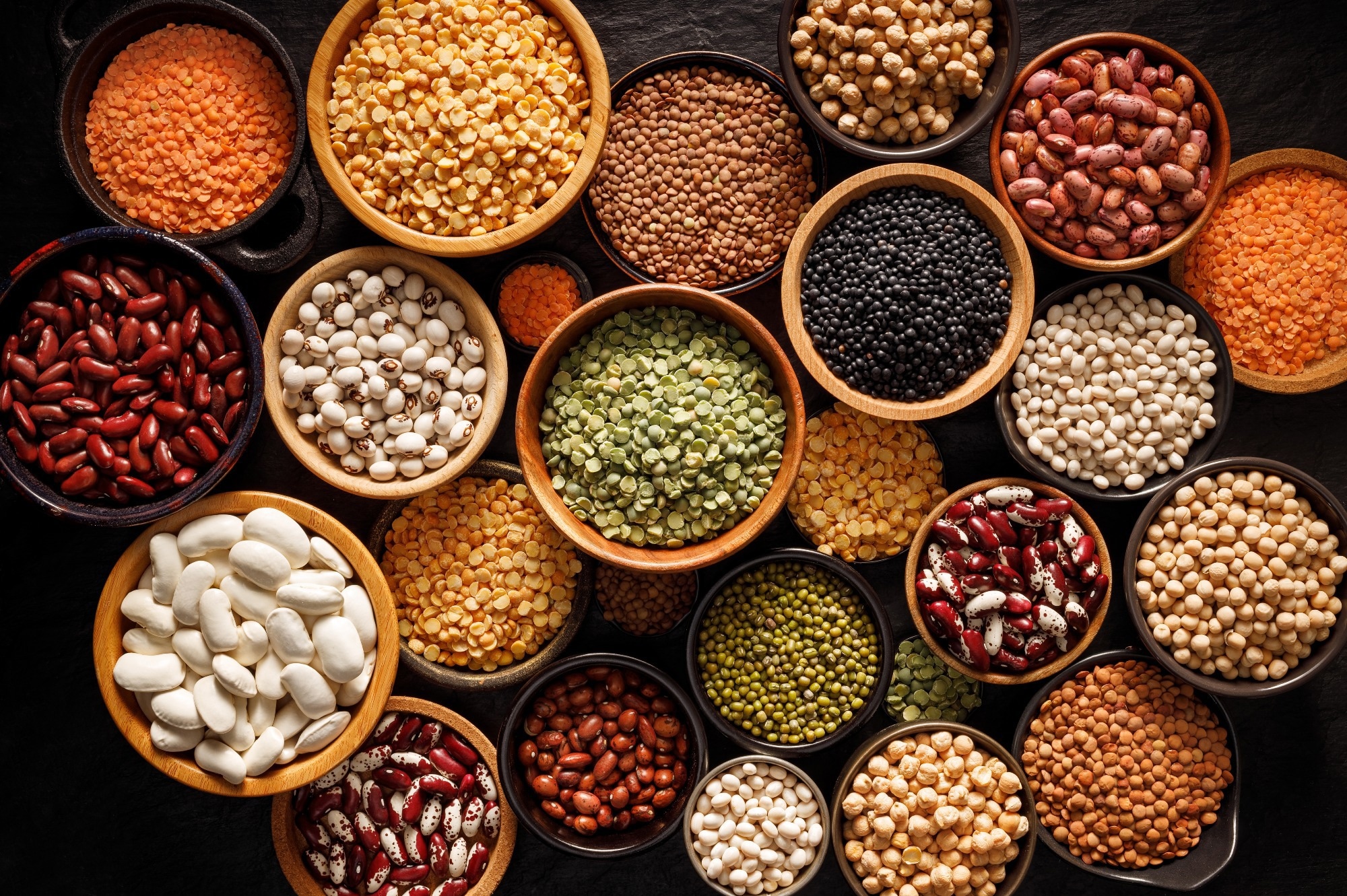
[ad_1]
Grains are a major supply of vitality (energy) within the weight-reduction plan. Past that, they provide considerable macronutrients, micronutrients, minerals, fibers, and phytochemicals.
These dietary parts are important for sustaining the equilibrium of assorted important organs and metabolic processes in people.
A current editorial article from the Vitamins Journal emphasised the significance of detailed analysis into the well being advantages of consuming completely different grains.
It is price noting that dietary patterns worldwide are various, reflecting regional meals traditions.
 Examine: Grain Consumption and Cardiometabolic Well being—In the direction of Precision Vitamin. Picture Credit score: pbd Studio/Shutterstock.com
Examine: Grain Consumption and Cardiometabolic Well being—In the direction of Precision Vitamin. Picture Credit score: pbd Studio/Shutterstock.com
Grain well being advantages
Meta-analyses on the well being advantages of complete grains constantly counsel that their consumption is linked to lowered dangers of cardiovascular illnesses (CVDs), kind 2 diabetes (T2D), and general mortality.
Nonetheless, the well being impacts of various grain sorts, like refined grains corresponding to white rice, particularly when contemplating cooking strategies, stay underexplored or current conflicting information.
As an illustration, whereas popcorn has the next glycemic index and trans fats content material, research in america have linked its consumption to optimistic results on T2D and coronary heart illnesses.
Likewise, some porridges, even these with complete grains like millet, may comprise minimal complete grains and possess a excessive glycemic index, doubtlessly skewing epidemiological outcomes.
The results of grain consumption may differ amongst people with distinctive well being circumstances, possible on account of variations in dietary habits, intestine microbiota profiles, and the relationships between weight-reduction plan and cardiometabolic well being.
For example, dried beans have been discovered to cut back hypertension danger in sufferers with constipation.
Current research using high-throughput omics strategies have enriched our understanding of organic disturbances related to numerous dietary patterns and environmental exposures.
These research doc modifications in metabolite ranges and intestine microbial species following completely different grain consumption patterns, shedding mild on the well being advantages of grains.
In a Danish examine, members consuming 179 g/day of complete grain over eight weeks skilled vital reductions in physique weight, C-reactive protein (CRP), and serum interleukin (IL)-6 ranges, although their fecal microbiomes remained unaffected.
A separate N-of-1 trial revealed {that a} transient six-day high- or low-carbohydrate weight-reduction plan intervention may alter the gut-residing fungi species (mycobiome) related to glycemic metrics.
Furthermore, oat consumption for 45 days at 80 g/day considerably lowered LDL and complete levels of cholesterol amongst Chinese language members with delicate hypercholesterolemia. These members additionally exhibited modifications in metabolite ranges throughout numerous pathways, like sphingosine and phosphatidylcholine.
An intervention involving the addition of resistant starch wheat to the diets of wholesome adults confirmed that it influenced populations of fecal butyrate-producing micro organism and others producing short-chain fatty acids (SCFA), which play roles in gastrointestinal well being.
Moreover, the POUNDs Misplaced trial indicated that people with completely different genotypes may reply otherwise to carbohydrate consumption regarding weight reduction and cardiovascular traits.
This trial additionally recommended that baseline metabolomic profiling may predict physique composition modifications in response to linoleic acid dietary supplements.
Machine studying can doubtlessly present insights into intestine microbiome traits and baseline metabolome in response to dietary interventions, together with these involving grains.
As an illustration, a six-week complete grain intervention may predict weight reduction by monitoring the abundance of the intestine microbial species Prevotella.
The advances introduced by multi-omics approaches have enhanced our understanding of the helpful results of dietary modifications involving modified grains. This progress hints on the potential for integrating multi-omics methods when predicting responses to grain interventions.
Nonetheless, when advocating for the well being advantages of grains, suggestions needs to be exact and take into account particular grain sorts, particular person well being circumstances, cooking strategies, and each day consumption portions.
In conclusion, precisely predicting particular person responses to grain-based dietary interventions holds promise for advancing precision diet in medical settings.
[ad_2]
Supply hyperlink